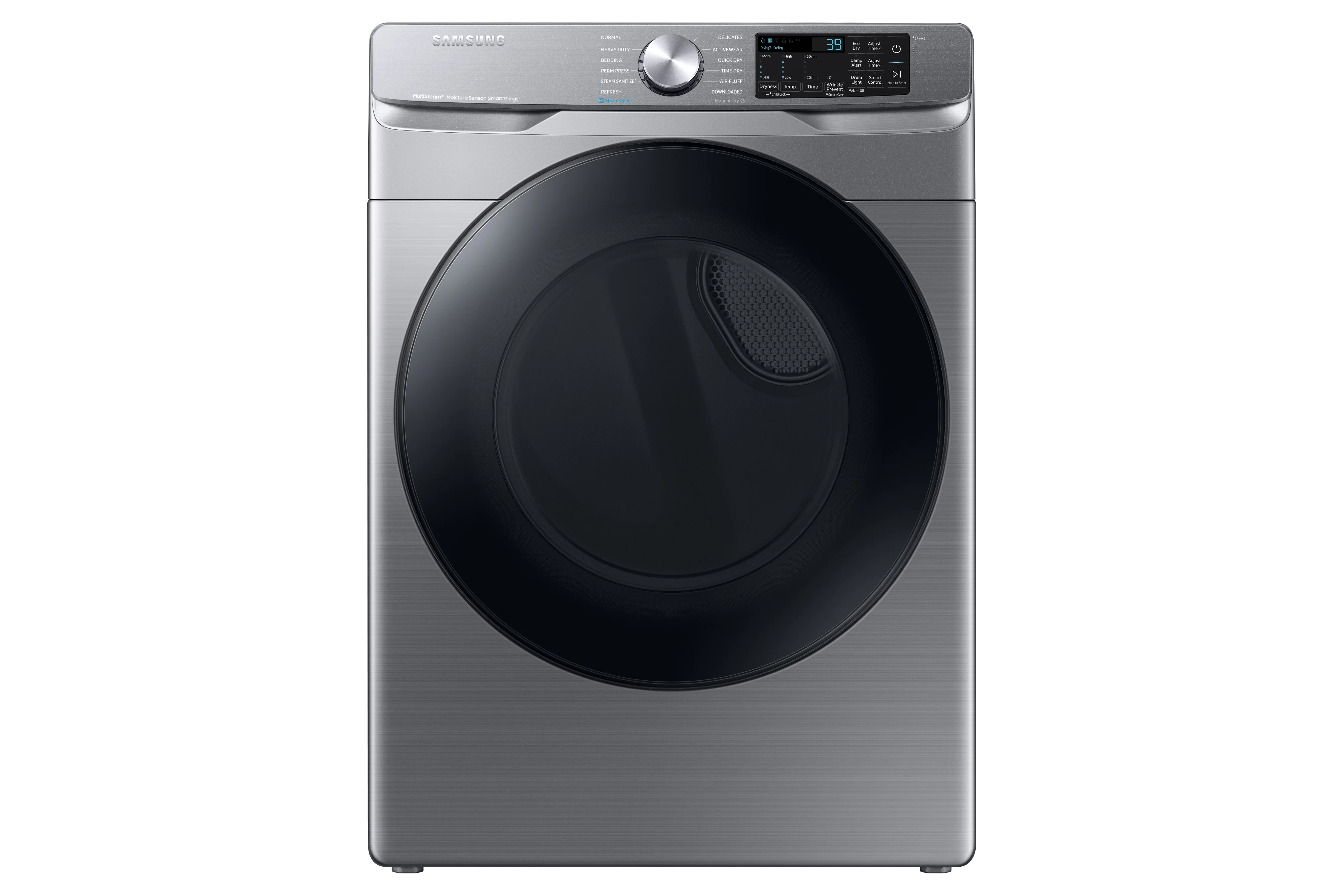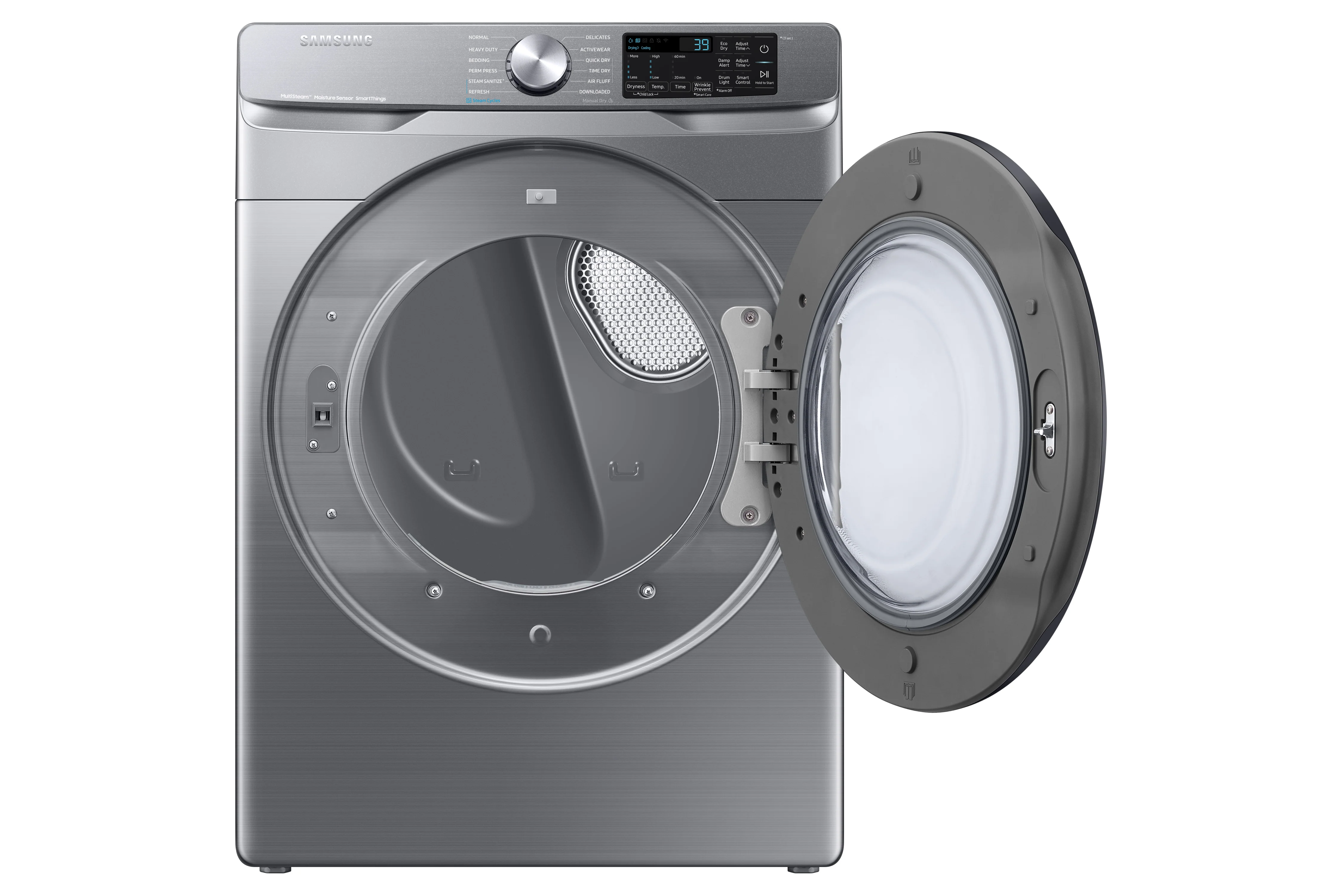Washing machines are the stalwart allies of busy households, consistently tackling the laundry challenge. However, even the reliable, high-efficiency top-loading washing machine isn’t immune to the gradual build-up of soil, grime, water mineral deposits, and detergent and fabric softener residue. This often unnoticed accumulation can lead to unpleasant odors and reduced washing efficiency, impacting the cleanliness of your laundry.
Families with young children or high washing frequency may particularly notice this effect, reinforcing the importance of regular washer maintenance. Your top-loader’s health demands cleaning that is both consistent and thorough, a task easier than it sounds. Let’s roll up our sleeves and explore the world of washer maintenance, always remembering to refer to your machine’s manual for specific advice.
- How Often to Clean a Top-Loading Washing Machine?
- Cleaning a Top-Loading Washing Machine: Gather Supplies
- Step-by-Step Instructions for Cleaning a Top-Loading Washer
- Cleaning Washing Machine Top-Loader Best Practices
- Cleaning a Top-Loading Washing Machine Do's and Don'ts
- FAQs on How to Clean a Top-Loading Washing Machine
How Often to Clean a Top-Loading Washing Machine?
Caring for a top-loading washing machine isn’t a ‘one size fits all’ scenario. Various factors come into play to set the rhythm of your machine’s cleaning routine. As a general guideline, consider undertaking a comprehensive cleaning every three to six months. This routine frees your machine from stubborn grime and hidden dirt, ensuring it operates efficiently.
Beyond this, other considerations include:
-
Automatic Dispensers: If your machine features automatic dispensers for detergent or fabric softeners, these should be cleaned once a month. Over time, these dispensers can become clogged, which impedes their function. Regular cleaning ensures they continue dispensing accurately.
-
Hard Water Regions: If your household water is hard, the cleaning frequency should increase. Hard water carries mineral deposits that can build up inside your machine, reducing its effectiveness. A thorough cleaning every three months should keep these mineral deposits in check and your machine running smoothly.
-
Hot and Humid Climates: High temperatures and humidity can accelerate the growth of mold and mildew inside your washing machine. If you live in a hot and humid climate, consider cleaning your washer once a month.
-
Usage Frequency: The more frequently the machine is used, the more often it should be cleaned. A family with small children or pets might need to clean the washer twice monthly, while a child-free couple might get away with quarterly cleaning.
-
Type of Washer: The design of your top-loading washing machine can affect how frequently it needs to be cleaned. High-efficiency top-loaders, for instance, generally stay cleaner as they use less water and have self-cleaning cycles. Depending on use, they may only need a thorough cleaning every six months or even annually. On the other hand, traditional top-loaders can benefit from a more frequent cleaning schedule, typically every three to four months, due to their higher water usage and lack of self-cleaning features.
Cleaning a Top-Loading Washing Machine: Gather Supplies
A successful washing machine cleaning operation starts with the right tools and materials. Here are a few supplies you’ll need:
-
White Vinegar: This is a powerful natural cleaner and deodorizer. It effectively breaks down lime and soap scum build-up in the washer drum and hoses.
-
Baking Soda: Acting as a gentle scrubber and deodorizer. Baking soda will remove stubborn stains and any lingering odors.
-
Dishwashing Liquid: Mild dish soap can be a safe and effective cleaner for the exterior parts of your machine to remove any stains or grime.
-
Microfiber Cloth: This cloth is used to wipe down the interior and exterior of the machine. Microfiber is excellent for this task because it’s soft, highly absorbent, and won’t scratch your washer’s surface.
-
Hot Water: Hot water helps dissolve and wash away residue build-up inside the drum. It also enhances the effectiveness of the vinegar and baking soda.
-
Old Toothbrush/paint brush: Perfect for scrubbing hard-to-reach areas, such as the fabric softener and bleach dispensers.
-
Bleach: If your washer is heavily soiled or has a mold problem, you might need bleach. It’s a potent disinfectant that kills mold, mildew, and bacteria. However, remember to use it judiciously and with caution, as it is a harsh chemical.
Step-by-Step Instructions for Cleaning a Top-Loading Washer
Step 1: Empty the Washer
Make sure your washer is empty. Remove any remaining clothes or other items from the drum.
Step 2: Fill with Hot Water
Set your washer to its highest load size and hottest water setting. Allow the tub to fill completely.
Step 3: Add a Cleaning Agent
Add four cups of white vinegar to the hot water, close the lid, and allow it to agitate for several minutes.
Step 4: Add Baking Soda
Next, add one cup of baking soda to the water-vinegar mixture. Close the lid again and let the machine agitate for another few minutes.
Step 5: Pause and Soak
Pause the cycle, and let the vinegar and baking soda solution soak in the washer tub for an hour. This soaking period helps break down any grime or mineral deposits.
Step 6: Resume Cycle
After an hour, close the lid and allow the wash cycle to complete. The agitation will help dislodge any remaining grime, and the rinse cycle will wash it away.
Step 7: Wipe Down the Washer
While the cycle has finished, dip a microfiber cloth in the vinegar solution and use it to wipe down the top, sides, and front of the machine. Pay special attention to the knobs and other high-touch areas.
Step 8: Clean the Dispensers
If your washer has fabric softener or bleach dispensers, remove them and rinse under hot water. Use an old toothbrush and some vinegar to scrub away any residue.
Step 9: Do a Final Rinse
Once the cycle has finished, inspect the drum. If you see any remaining residue, run another hot water cycle.
Cleaning Washing Machine Top-Loader Best Practices
Some practices can make the cleaning more efficient and help prolong the lifespan of your top-loading washing machine.
-
Know Your Machine - Before starting, familiarize yourself with your top-loading washer. Does it have an agitator or an impeller? Is there a self-clean cycle? The user manual is a valuable resource for understanding your machine’s specific parts and features.
-
Regular Maintenance - Rather than wait for visible grime or unpleasant odors, clean your machine proactively according to the schedule we discussed based on your usage, local water type, and climate. Regularly wipe down the outer area to prevent dust and grime build-up. This is particularly important for the control panel to ensure the buttons and dials continue to operate correctly.
-
Cleaning Agents - When cleaning, use natural cleaners like vinegar and baking soda, which are gentle on your washer’s components. If your machine is heavily soiled or has a mold problem, you can use bleach, but use it judiciously and ensure the space is well-ventilated. Never use baking soda and bleach together at any time.
-
Post-Cleaning - After a cleaning cycle, always leave the lid open to allow the interior to air dry thoroughly. This prevents the growth of mold and mildew, contributing to a cleaner, fresher-smelling machine.
-
Moderate Use of Detergent and Fabric Softener - Excessive detergent or fabric softener can cause residue build-up, leading to odors and decreased machine performance. Always use the recommended amount for your load size and soil level. For high-efficiency washers, use specially formulated products to reduce suds and residue.
Cleaning a Top-Loading Washing Machine Do’s and Don'ts
To keep your top-loading washing machine in its best condition, there are specific actions to follow and others to avoid. Here's a quick reference table with important do’s and don'ts:
| Do's | Don'ts |
| Read the manual. Each machine is unique, and understanding yours will guide your cleaning. | Ignore your machine's specific guidance. |
| Use the right amount of detergent. Overuse can leave residue, underuse may not clean effectively. | Use too much detergent. It leads to suds and residue buildup. |
| Clean regularly. Regular cleaning extends your machine's lifespan and performance. | Delay or avoid routine cleaning. |
| Remove detergent residue. Leftover detergent can cause buildup, leading to unpleasant odors. | Neglect to clean out old detergent and fabric softener. |
| Clean the lint filter. This can prevent blockages and improve your machine's efficiency. | Forget to clean or replace the lint filter regularly. |
| Load the machine properly. Helps the cleaning process and prevents strain on the machine. | Overload the machine. Overloading can hamper the cleaning process and strain the machine. |
| Use mild, non-abrasive cleaners. Keeps your machine's surfaces and components safe. | Use abrasive cleaners or bleach on stainless steel. These can cause discoloration and damage. |
FAQs on How to Clean a Top-Loading Washing Machine
How do you deep clean a top-loader washing machine?
Run a long wash cycle with hot water and a machine cleaner or a natural cleaning agent like vinegar, and then scrub all components.
How do I deep clean my top-loading washing machine with vinegar?
Fill the machine with hot water and add two cups of vinegar. Let it sit for 20 minutes and run a complete cycle.
Do top-loading washing machines have a filter that needs to be cleaned?
Yes, most top-loading washing machines have filters that need regular cleaning to ensure optimal performance.
Where is the filter located on a top-load washer?
The filter is usually located either at the bottom of the drum or behind the machine, but you should check your user manual for the exact location.
How do I know if my washer has a lint trap?
Check your washer’s manual. If it has a lint trap, it’s often located along the top rim of the washing drum.














